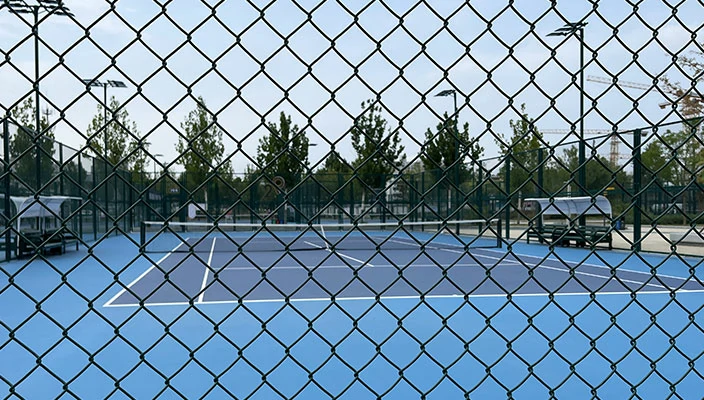Applications of Wire Mesh in Construction Projects and Structural Reinforcement
Uses of Wire Mesh in Construction
Wire mesh is a critical material used in construction, becoming increasingly popular due to its versatility and strength. Consisting of a network of interconnected wires, wire mesh comes in various sizes and materials, making it suitable for a wide range of applications in the construction industry. From reinforcing concrete to serving as a fencing solution, wire mesh plays an essential role in ensuring structural integrity and safety.
One of the primary uses of wire mesh in construction is in the reinforcement of concrete. Concrete is inherently strong under compressive forces, but it is weak when subjected to tension. To overcome this limitation, wire mesh is embedded within concrete slabs, walls, and foundations to provide tensile strength, distributing loads evenly throughout the structure. This reinforcement is crucial for preventing cracking and improving the durability of concrete structures. Builders often use welded wire mesh or welded wire fabric, which provides a uniform layer of support, reducing the time and labor required for traditional rebar installations.
Wire mesh is also widely utilized in formwork systems. When casting concrete, formwork is needed to shape and hold the material until it cures. Wire mesh can reinforce these forms, adding strength and stability. This is particularly important for complex shapes or large-scale projects, where maintaining the correct form is vital to achieving the desired structural integrity and aesthetics.
In addition to its role in concrete reinforcement, wire mesh is commonly used in fencing applications. It provides an effective barrier for construction sites, ensuring safety and security by preventing unauthorized access. Various types of wire mesh fencing, such as chain-link and welded wire fences, can be selected based on site requirements. These fences are not only durable but also cost-effective solutions for enclosing construction zones, protecting personnel and materials.
uses of wire mesh in construction

Another significant use of wire mesh is in the fabrication of composite materials, such as geogrid systems. These materials reinforce soil and roadway structures, improving stability and load distribution. Wire mesh can effectively support underlying soil layers, preventing erosion and settlement during and after construction. This application is particularly useful in road paving, retaining walls, and slopes, where preventing soil movement is crucial.
Wire mesh is also employed in plastering applications. When applying plaster to interior and exterior walls, wire mesh serves as a substrate that enhances adhesion. The mesh helps to distribute stress across the plaster layer, reducing the risk of cracking and improving overall durability. Additionally, it acts as a barrier to separate different building materials and can help resist water and damage from the elements, thereby prolonging the life of structures.
Moreover, in the realm of fire protection, wire mesh is crucial. It is often used in fire-rated systems to provide a protective barrier against flames and heat. By incorporating wire mesh into fire-rated ceilings and walls, builders can enhance the overall safety of structures, ensuring compliance with fire regulations and standards.
In seismic regions, wire mesh also plays a vital role in enhancing the structural resilience of buildings. By reinforcing walls and foundations, it helps to prevent extensive damage during earthquakes. Its flexibility allows for some movement without fracturing, making it an excellent choice for mitigating seismic risks.
In conclusion, wire mesh is an indispensable component in modern construction, offering a multitude of applications that improve structural integrity, safety, and efficiency. From reinforcing concrete to providing security fencing and enhancing fire protection, its versatility makes it a favorite among architects and builders alike. As construction techniques evolve, the importance of wire mesh is likely to grow, contributing to safer and more durable structures worldwide. Its cost-effectiveness and adaptability ensure that it will remain a staple material in the construction industry for years to come.
-
Weather Resistance of Woven Wire and Chicken Wire Fencing MaterialsNewsJun.05,2025
-
Umbrella Nails Innovations in Roofing Fasteners for Wind ResistanceNewsJun.05,2025
-
Modern Barbed Wire Fence Designs for Perimeter ProtectionNewsJun.05,2025
-
How Iron Nail Wire Enhances Nail Strength and Installation EfficiencyNewsJun.05,2025
-
High-Security Razor Fence Solutions for Perimeter ProtectionNewsJun.05,2025
-
Durable Wire Netting Fence Solutions for Animal EnclosuresNewsJun.05,2025




